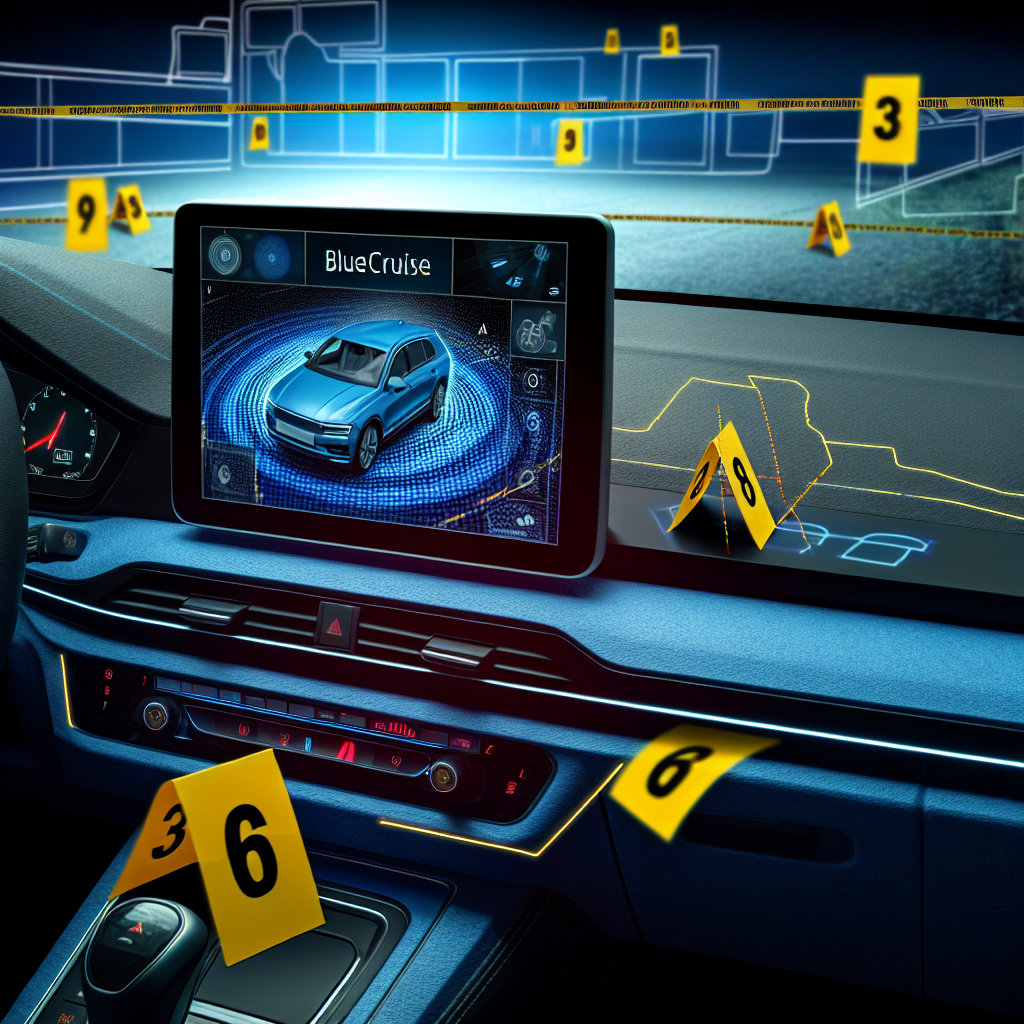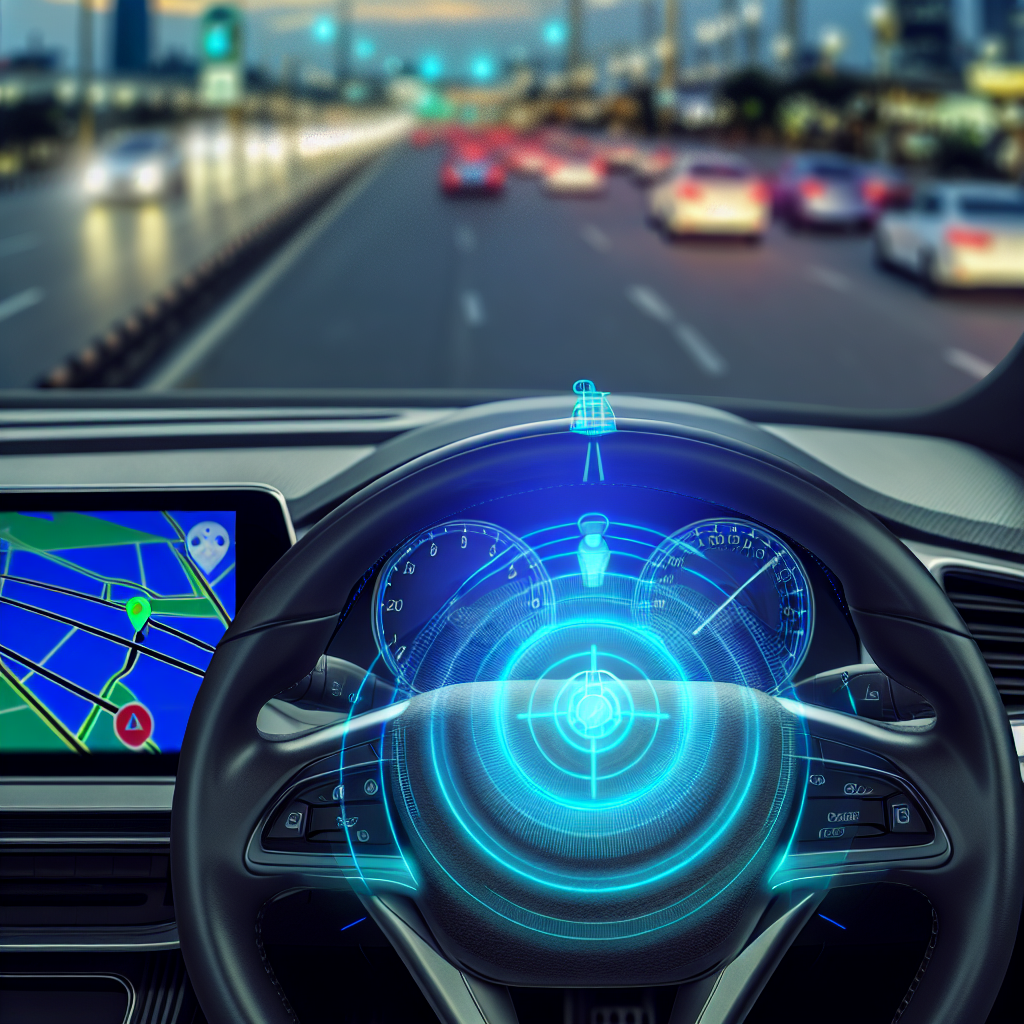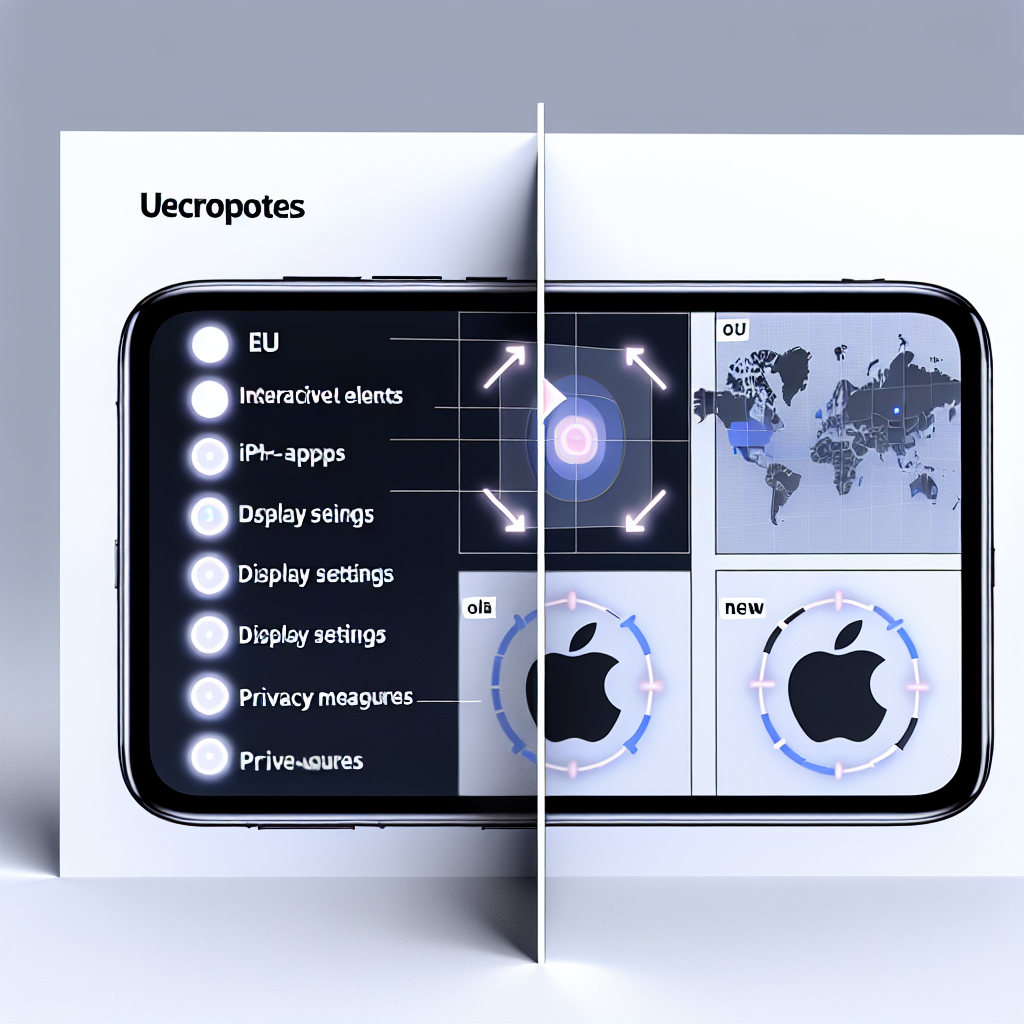The Potential Safety Concerns of Ford’s BlueCruise Hands-Free System
Ford’s BlueCruise hands-free system has recently come under investigation after a series of fatal crashes. This innovative technology, which allows drivers to take their hands off the steering wheel and rely on the vehicle’s automated driving capabilities, has raised concerns about its safety and reliability.
One of the main concerns surrounding the BlueCruise system is its ability to accurately detect and respond to potential hazards on the road. While Ford claims that the system is designed to handle a wide range of driving scenarios, including highway driving, there have been reports of instances where the system failed to recognize obstacles or react appropriately.
In one tragic incident, a driver using the BlueCruise system collided with a stationary vehicle on the highway, resulting in a fatality. The investigation into this crash revealed that the system failed to detect the stationary vehicle and did not apply the brakes in time to prevent the collision. This raises questions about the system’s ability to accurately perceive and respond to its surroundings, especially in complex driving situations.
Another concern is the level of driver engagement required when using the BlueCruise system. While Ford emphasizes that drivers must remain attentive and ready to take control of the vehicle at any moment, there have been reports of drivers becoming complacent and overly reliant on the system’s capabilities. This lack of driver engagement can lead to delayed reaction times and an increased risk of accidents.
Furthermore, there are concerns about the system’s ability to handle unexpected events or emergencies. In situations where the system encounters a sudden obstacle or a malfunction occurs, it is crucial for the driver to be able to quickly regain control of the vehicle. However, there have been instances where drivers using the BlueCruise system struggled to regain control in emergency situations, leading to potentially dangerous outcomes.
The investigation into these fatal crashes will likely focus on determining whether there are any design flaws or technical issues with the BlueCruise system. It will also examine whether Ford provided sufficient training and instructions to drivers on how to properly use the system and remain engaged while driving.
In response to these concerns, Ford has stated that they are fully cooperating with the investigation and are committed to addressing any safety issues that may arise. They have also emphasized the importance of driver education and awareness when using advanced driver-assistance systems like BlueCruise.
As the investigation unfolds, it is crucial for regulators and manufacturers to carefully evaluate the safety and reliability of hands-free driving systems like BlueCruise. While these technologies have the potential to enhance convenience and reduce driver fatigue, it is essential to ensure that they do not compromise safety on the roads.
In conclusion, the recent fatal crashes involving Ford’s BlueCruise hands-free system have raised significant safety concerns. The accuracy of the system’s hazard detection, the level of driver engagement required, and its ability to handle unexpected events are all areas that need to be thoroughly examined. As the investigation progresses, it is crucial for regulators and manufacturers to prioritize the safety of these advanced driver-assistance systems and take necessary measures to address any potential risks.
Analyzing the Role of Driver Monitoring in Ford’s BlueCruise Hands-Free System

Ford’s BlueCruise hands-free system has recently come under investigation after a series of fatal crashes. This innovative technology, which allows drivers to take their hands off the wheel and rely on the vehicle’s autonomous capabilities, has raised concerns about the role of driver monitoring in ensuring safety on the road.
The BlueCruise system, introduced by Ford as a competitor to Tesla’s Autopilot, promises a convenient and stress-free driving experience. It utilizes a combination of cameras and sensors to keep the vehicle in its lane, maintain a safe distance from other vehicles, and even navigate highway interchanges. However, the recent accidents have raised questions about the system’s ability to accurately monitor the driver’s attention and intervene when necessary.
Driver monitoring is a critical component of any hands-free driving system. It ensures that the driver remains engaged and ready to take control of the vehicle if needed. In the case of BlueCruise, Ford claims to have implemented a robust driver monitoring system that uses a camera mounted on the dashboard to track the driver’s head position and eye gaze. This technology is designed to detect signs of distraction or drowsiness and alert the driver to regain control.
However, the investigation into the fatal crashes involving BlueCruise has revealed potential shortcomings in Ford’s driver monitoring system. It is alleged that the system may not be as effective as advertised in detecting driver disengagement or in providing timely warnings to regain control. This raises concerns about the reliability and accuracy of the technology, as well as the potential risks associated with relying too heavily on autonomous driving capabilities.
The National Highway Traffic Safety Administration (NHTSA) has launched a probe into the BlueCruise system to determine whether it complies with safety regulations and adequately addresses the issue of driver monitoring. This investigation will likely shed light on the effectiveness of Ford’s technology and may lead to necessary improvements or even regulatory changes in the industry.
The role of driver monitoring in hands-free systems extends beyond ensuring safety. It also plays a crucial role in managing liability and responsibility in the event of an accident. If a driver is not actively engaged in monitoring the vehicle’s autonomous capabilities, it becomes challenging to assign blame or determine who should be held accountable in the event of a crash. This raises legal and ethical questions that need to be addressed as autonomous driving technology continues to evolve.
As the investigation into Ford’s BlueCruise system unfolds, it is essential to consider the broader implications for the future of autonomous driving. While hands-free systems offer convenience and potential safety benefits, they also require robust driver monitoring capabilities to ensure that drivers remain attentive and ready to take control when necessary. The findings of this investigation will likely shape the development and implementation of similar technologies in the automotive industry.
In conclusion, the recent investigation into Ford’s BlueCruise hands-free system highlights the critical role of driver monitoring in ensuring safety and accountability. The outcome of this investigation will not only determine the fate of BlueCruise but also influence the future of autonomous driving technology as a whole. As advancements in this field continue, it is crucial to strike a balance between convenience and safety, with robust driver monitoring systems playing a pivotal role in achieving this delicate equilibrium.
The Legal Implications Surrounding Ford’s BlueCruise Hands-Free System
Ford’s BlueCruise hands-free system has come under investigation after a series of fatal crashes, raising significant legal implications for the company. The system, which allows drivers to take their hands off the steering wheel while the vehicle is in motion, has been marketed as a step towards autonomous driving. However, concerns have been raised about the safety of this technology, leading to a closer examination of its legal implications.
One of the key legal issues surrounding the BlueCruise system is the question of liability. In the event of an accident, who is responsible? Is it the driver who was using the hands-free system, or is it Ford, the manufacturer of the technology? This is a complex issue that requires a careful analysis of the circumstances surrounding each crash. It is likely that both the driver and Ford could be held liable to some extent, depending on the specific facts of each case.
Another legal consideration is the question of product liability. If it is determined that the BlueCruise system is defective or unreasonably dangerous, Ford could face product liability claims. Product liability laws hold manufacturers responsible for injuries caused by their products if they are found to be defective or if the manufacturer failed to provide adequate warnings about potential risks. In this case, if it is proven that the BlueCruise system contributed to the accidents, Ford could be held liable for any resulting injuries or fatalities.
Furthermore, there is the issue of regulatory compliance. The National Highway Traffic Safety Administration (NHTSA) has specific regulations in place for autonomous driving systems. These regulations outline the requirements that manufacturers must meet to ensure the safety of their systems. If it is found that Ford did not comply with these regulations or failed to adequately test the BlueCruise system before releasing it to the market, the company could face penalties and legal consequences.
In addition to these legal implications, the investigation into the BlueCruise system also raises questions about the broader implications for the development and adoption of autonomous driving technologies. The accidents involving the BlueCruise system highlight the challenges and risks associated with transitioning from traditional driving to autonomous driving. It is crucial for regulators, manufacturers, and consumers to carefully consider the safety and legal implications of these technologies before widespread adoption.
Moving forward, it is likely that the investigation into the BlueCruise system will have a significant impact on the legal landscape surrounding autonomous driving technologies. The outcome of this investigation could set important precedents for future cases involving similar systems. It may also lead to stricter regulations and standards for manufacturers to ensure the safety of their autonomous driving technologies.
In conclusion, the legal implications surrounding Ford’s BlueCruise hands-free system are significant. Questions of liability, product liability, regulatory compliance, and the broader implications for autonomous driving technologies all come into play. The investigation into the system’s safety will likely shape the legal landscape and influence the development and adoption of autonomous driving technologies in the future. As the investigation unfolds, it is crucial for all stakeholders to prioritize safety and ensure that the legal framework adequately addresses the risks and challenges associated with these technologies.


